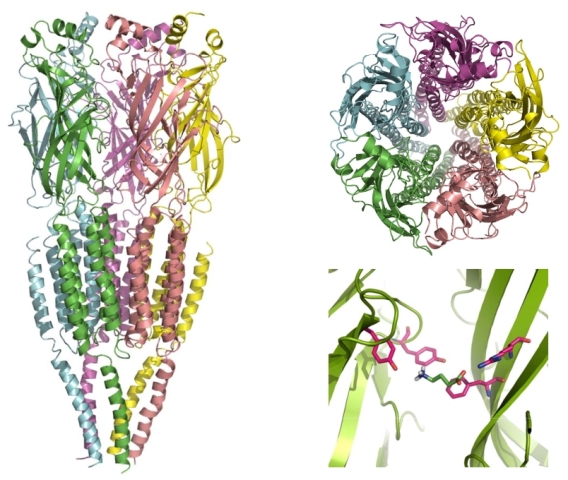

Download Presentation PowerPoint Slideshow about 'DL_POLY: Software and Applications' - glynn An Image/Link below is provided (as is) to download presentation Download Policy: Content on the Website is provided to you AS IS for your information and personal use and may not be sold / licensed / shared on other websites without getting consent from its author.While downloading, if for some reason you are not able to download a presentation, the publisher may have deleted the file from their server. • Theoretical tool for modelling the detailed microscopic behaviour of many different types of systems, including gases, liquids, solids, surfaces and clusters. Iso Audit Checklist For Training Department Logo. • In an MD simulation, the classical equations of motion governing the microscopic time evolution of a many body system are solved numerically, subject to the boundary conditions appropriate for the geometry or symmetry of the system. • Can be used to monitor the microscopic mechanisms of energy and mass transfer in chemical processes, and dynamical properties such as absorption spectra, rate constants and transport properties can be calculated. • Can be employed as a means of sampling from a statistical mechanical ensemble and determining equilibrium properties. These properties include average thermodynamic quantities (pressure, volume, temperature, etc.), structure, and free energies along reaction paths.
• General purpose parallel (classical) MD simulation software • It was conceived to meet the needs of CCP5 - The Computer Simulation of Condensed Phases (academic collaboration community) • Written in modularised Fortran90 (NagWare & FORCHECK compliant) with MPI2 (MPI1+MPI-I/O) fully self-contained • 1994 – 2011: DL_POLY_2 (RD) by W. Forester • (funded for 6 years by EPSRC at DL) ->DL_POLY_CLASSIC • 2003 – 2011: DL_POLY_3 (DD) by I.T. Smith • (funded for 4 years by NERC at Cambridge) ->DL_POLY_4 • Over 11,000 licences taken out since 1994 • Over 1000 registered FORUM members since 2005 • Available free of charge (under licence) to University researchers (provided as code) and at cost to industry. • January 2011: DL_POLY_2 ->DL_POLY_CLASSIC on a BSD type Licence (BS retired but supporting GUI and fixes) • October 2010: DL_POLY_3 ->DL_POLY_4 still under STFC Licence, over 1300 licences taken out since November 2010 • Rigid Body dynamics • Parallel I/O & netCDF I/O – NAG dCSE (IJB & ITT) • CUDA+OpenMP port (source, ICHEC) & MS Windows port (installers) • SPME processor grid freed from 2^N decomposition – NAG dCSE (IJB) • Load Balancer development (LJE, finished ) • Continuous Development of DL_FIELD (pdb to DLP I/O, CY).
None of the authors, nor any of the organisations STFC, EPSRC, CCP5 nor any contributor to the DL POLY Classic package or its derivatives guarantee that the software and associated documentation is free from error. Drivers Dane Elec So Speaky 500gb Xbox. Neither do they accept responsibility for any loss or damage that results from its use.
• DL_POLY_4 (version 1.2) • Dynamic Decomposition parallelisation, based on domain decomposition but with dynamic load balancing • limits up to ≈2.1×109 atoms with inherent parallelisation. • particle: rigid ion or atom (charged or not), a core or a shell of a polarisable ion(with or without associated degrees of freedom), a massless charged site. Crack Runaway A Road Adventure Version Fr. A particle is a countable object and has a global ID index. • site: a particle prototype that serves to defines the chemical & physical nature (topology/connectivity/stoichiometry) of a particle (mass, charge, frozen-ness). Sites are not atoms they are prototypes!
• Intra-molecular interactions:chemical bonds, bond angles, dihedral angles, improper dihedral angles, inversions. Usually, the members in a unit do not interact via an inter-molecular term. However, this can be overridden for some interactions.
These are defined by site. • Inter-molecular interactions: van der Waals, metal (EAM, Gupta, Finnis-Sinclair, Sutton-Chen), Tersoff, three-body, four-body.
Defined by species. • Electrostatics:Standard Ewald*, Hautman-Klein (2D) Ewald*, SPM Ewald (3D FFTs), Force-Shifted Coulomb, Reaction Field, Fennell damped FSC+RF, Distance dependent dielectric constant, Fuchs correction for non charge neutral MD cells.
• Ion polarisationvia Dynamic (Adiabatic) or Relaxed shell model. • External fields: Electric, Magnetic, Gravitational,Oscillating & Continuous Shear, Containing Sphere, Repulsive Wall. • Intra-molecular like interactions:tethers, core shells units, constraint and PMF units, rigid body units. These are also defined by site. • Potentials:parameterised analytical forms defining the interactions. These are always spherically symmetric! • THE CHEMICAL NATURE OF PARTICLES DOES NOT CHANGE IN SPACE AND TIME!!!